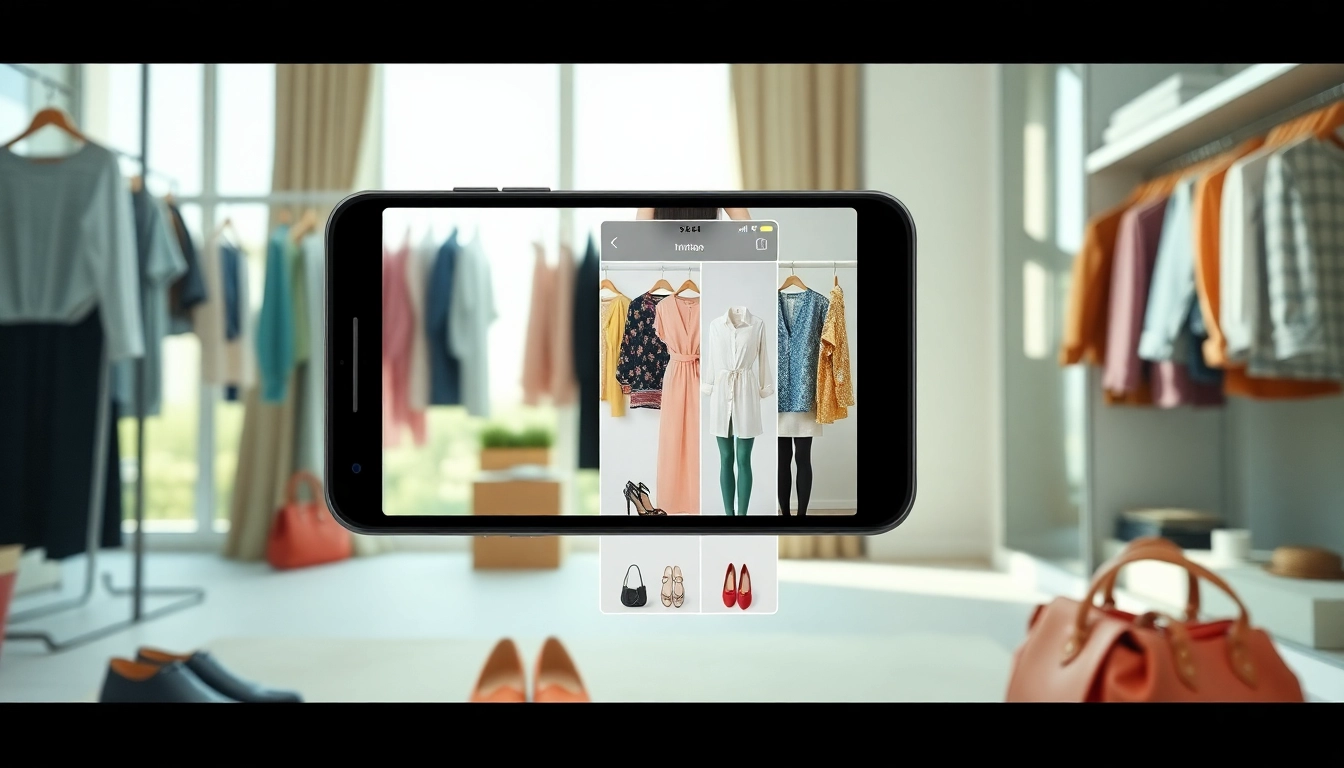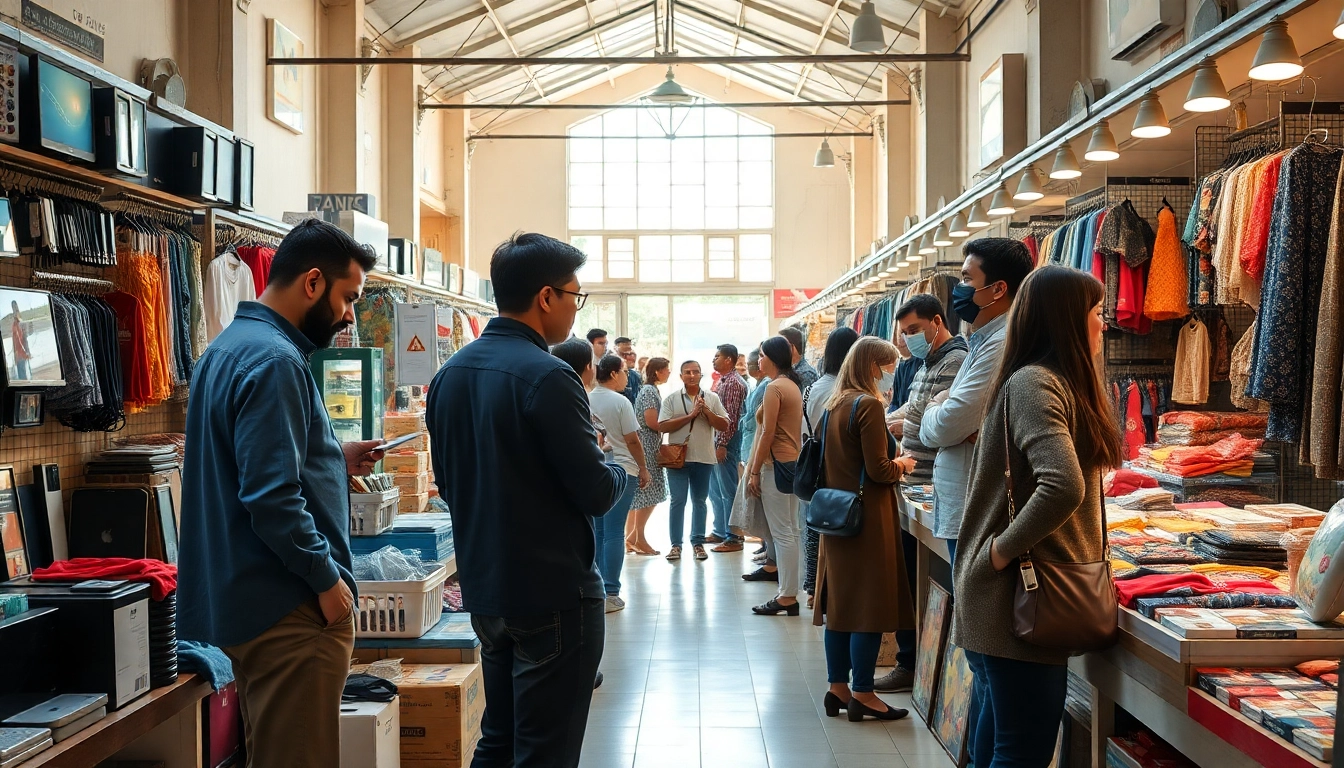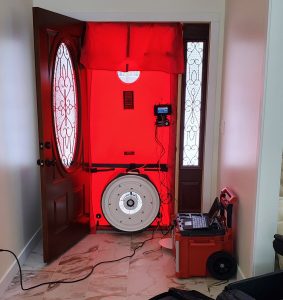Maximize Your Fashion Choices with a Virtual Closet
Understanding the Concept of a Virtual Closet
What is a virtual closet?
A virtual closet is a digital representation of your physical wardrobe that helps streamline the way you manage, select, and curate your clothing and accessories. By utilizing mobile and web applications, individuals can catalog their outfits, see what items are in their closets, and create ensembles without physically rummaging through their belongings. Think of it as a sophisticated inventory system that allows for personalized fashion choices at the tip of your fingers.
Key benefits of using a virtual closet
The benefits of a virtual closet are manifold, each empowering users to enhance their style management effectively. Here are some of the key advantages:
- Organization: A virtual closet allows users to categorize and store pictures of their clothing, making it easy to visualize their wardrobe.
- Outfit Planning: Users can plan outfits ahead of time, coordinating items for specific occasions or seasons.
- Smart Shopping: By reviewing what they already own, users can avoid unnecessary purchases and make more strategic shopping decisions.
- Style Inspiration: Users can mix and match items to explore new outfit ideas that reflect their personal style.
- Sustainability: With enhanced visibility of their wardrobe, users are more likely to utilize what they already own, supporting an eco-friendly approach to fashion.
User experience and technology behind a virtual closet
The user experience of a virtual closet is designed to be intuitive and engaging. Most applications leverage advanced technology such as artificial intelligence and machine learning to enhance the user’s interaction. For example, smart systems can analyze user preferences and past outfit choices, suggesting new combinations of clothing items that align with the user’s evolving style. Furthermore, augmented reality features are emerging in some applications, allowing users to virtually try on clothes and see how they will look together before actually putting them on.
How to Set Up Your Virtual Closet
Step-by-step guide to creating your virtual closet
Setting up a virtual closet involves a systematic approach to ensure an organized and efficient experience:
- Choose the Right App: Research available virtual closet applications to find one that best fits your needs, whether it’s outfit planning, shopping integration, or closet organization.
- Inventory Your Closet: Begin by taking pictures of each clothing item in your wardrobe. You may want to categorize items by season, type (e.g., tops, bottoms), or occasion (e.g., work, casual).
- Add Details: Input additional information such as brand, size, color, and any notes about the item (e.g., “worn on special occasions” or “lost some weight, so it fits better now”).
- Organize and Categorize: Use the app’s features to sort your items into different folders or categories, making it easy to locate what you need quickly.
- Create Looks: Start creating outfits by mixing and matching different pieces. Experiment with various styles to see what resonates with you.
- Review and Revise: At regular intervals, evaluate your virtual closet. Remove items that no longer serve your style or fit, and take the opportunity to add new purchases.
Tips for organizing and categorizing your wardrobe
Effective organization is critical to maximizing the functionality of a virtual closet. Here are some best practices:
- Use Tags: Tagging items can help with quick searches. For example, use tags for color, season, or occasion.
- Maintain Consistency: Keep the categorization consistent to simplify the selection process. For example, always place casual wear in one section, while work attire goes elsewhere.
- Group by Frequency: Create sections for items you wear regularly versus occasional pieces. This practice helps streamline the outfit selection process.
- Refresh Categories: As your style evolves, periodically refresh categories to ensure they reflect your current fashion sense.
Common mistakes to avoid during setup
While setting up a virtual closet can be exciting, there are some common pitfalls to avoid:
- Over-Complicating the Organization: Avoid creating overly complex categories that may hinder usability. Simple yet effective structures are key.
- Neglecting Updates: Regularly update the closet with new purchases or items that are donated or discarded.
- Ignoring Quality Images: Ensure that images are clear and well-lit. Blurry photos can make it challenging to identify items.
- Forgetting to Back Up: Some apps might not save data automatically, so it’s essential to back up your wardrobe regularly or use cloud-supported applications.
Enhancing Outfits with Your Virtual Closet
Using virtual closet tools for outfit creation
The real magic of a virtual closet lies in its capability to foster creativity in outfit assembly. Most virtual closet applications come equipped with tools that allow users to showcase their creativity:
- Mix and Match: Use the app to experiment with different combinations, allowing you to visualize how various items pair together.
- Layering Techniques: Test out layering strategies, particularly for cooler seasons. This technique can give your outfits depth and dimension.
- Style Challenges: A common feature in many apps is a style challenge that encourages you to create outfits from limited items, fostering a resourceful approach.
Integrating seasonal changes into your virtual closet
Adapting your wardrobe to seasonal changes is easy with a virtual closet. Here’s how:
- Seasonal Breakdowns: Create sections for different seasons. During fall and winter, prioritize layering options and heavier fabrics, while spring and summer should highlight lighter, breathable materials.
- Rotate Out Items: Regularly rotate or temporarily archive off-season clothing. This practice can declutter your view, streamlining the selection of current season items.
- Seasonal Trends: Incorporate timely trends that emerge with each season. Remixing your existing wardrobe with trendy pieces can keep your style fresh.
Leveraging trends through your virtual closet
Staying up-to-date with fashion trends is effortless with a virtual closet. Users can:
- Follow Influencers: Many apps allow you to connect with fashion influencers or peers, gaining inspiration from their outfit selections.
- Bookmark Trends: Use the app to save and categorize trending outfits. Adapt these inspirations using your clothing items to create a personalized interpretation.
- Analyze Your Wear: Conduct regular evaluations of which trends resonate with your closet. This practice can show patterns in what styles you gravitate toward, allowing for more intentional purchasing.
Maximizing Fashion Decisions with Your Virtual Closet
Strategic planning for wardrobe choices
Creating a strategic fashion plan is essential to avoid impulse buying and ensure that your wardrobe matches your lifestyle. Here are some techniques:
- Define Style Guidelines: Outline a personal style mantra that guides all your purchases. This mantra should reflect your aesthetic, lifestyle, and body shape.
- Set Budgetary Limits: Establish a monthly budget for clothing purchases. This constraint will keep you focused and less likely to stray into impulse buys.
- Plan Ahead: Anticipate upcoming events and create outfits well in advance. This practice cushions against last-minute shopping sprees.
Saving money and reducing impulsive buying
Utilizing a virtual closet can significantly assist in financial management when it comes to fashion:
- Inventory Before Shopping: Always check your virtual closet for existing items before making a purchase to avoid buying duplicates.
- Set Seasonal Goals: Determine how much you wish to spend seasonally and stick to it. Allocate funds for versatile pieces that can mix with your current wardrobe.
- Track Spending: Keep a log within your closet application that records past purchases to develop awareness of your fashion spending habits.
Improving confidence through curated outfits
One of the major psychological benefits of using a virtual closet is the confidence gained through thoughtful attire curation:
- Visualize Outfits: Being able to see your options will help you choose items that you feel good in, boosting your overall confidence when stepping out.
- Create a Signature Look: Utilize tools within your virtual closet to develop a signature look that embodies your personal style, making outfit selection a consistent confidence booster.
- Share and Get Feedback: Engage with friends or family by sharing potential outfits and receiving feedback, which can fortify your confidence in personal styling decisions.
Evaluating the Effectiveness of Your Virtual Closet
Key performance metrics to track
- Frequency of Use: Track how often you use the app. Increased usage can indicate satisfaction and a habit forming around outfit planning.
- Outfit Combinations Utilized: Determine how many outfits you’ve created and worn from the digital closet to assess practicality.
- Budget Adherence: Monitor expenses tracked in your virtual closet against your planned monthly fashion budget.
- User Satisfaction Feedback: Relaying personal and peer feedback through the app can highlight improvements needed or aspects being appreciated.
User feedback and continuous improvement
Continual improvement is essential for maintaining a relevant virtual closet:
- Regular Surveys: If the app supports feedback, engaging with surveys can yield ideas for enhancing user experience.
- Community Connections: Becoming part of the virtual closet community allows users to share tips and tricks, fostering collective improvement strategies.
- Feature Wishlist: Maintain a list of features you wish your virtual closet app had, and prioritize reaching out to developers or exploring alternatives accordingly.
The future of virtual closet technology
The future trajectory for virtual closet technologies is bright and evolving. Here’s a glimpse of what is on the horizon:
- Artificial Intelligence Integration: Increased personalization through AI will lead to even better outfit recommendations and trend predictions based on individual and group data.
- Integration with E-commerce Sites: Enhanced collaborative functionalities where users can purchase directly from the app, streamlining the overall shopping experience.
- Virtual Reality Experiences: Augmented reality features may grow, allowing users to try clothing on virtually before committing to a purchase.
- Enhanced Social Features: These features could enable virtual closet users to engage more actively in styling and displaying their unique outfits.














Post Comment